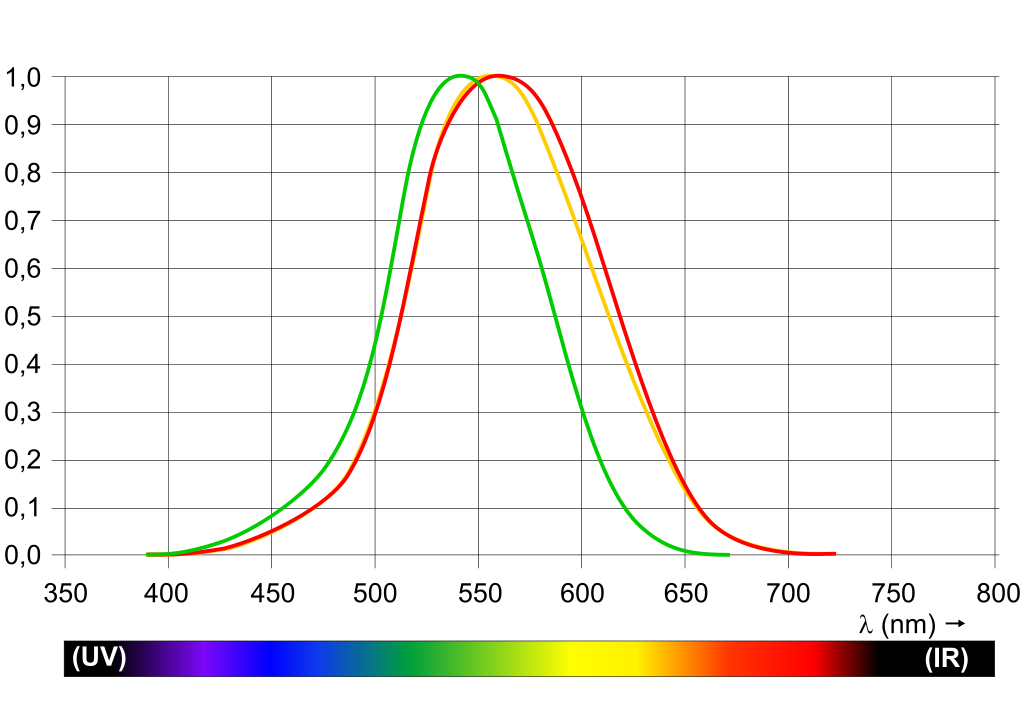Luminosity Function
Deprecated: mb_convert_encoding(): Handling HTML entities via mbstring is deprecated; use htmlspecialchars, htmlentities, or mb_encode_numericentity/mb_decode_numericentity instead in /var/www/wptbox/wp-content/plugins/wppedia/core/classes/modules/class-cross-link-content.php on line 187
Deprecated: mb_convert_encoding(): Handling HTML entities via mbstring is deprecated; use htmlspecialchars, htmlentities, or mb_encode_numericentity/mb_decode_numericentity instead in /var/www/wptbox/wp-content/plugins/wppedia/core/classes/modules/class-cross-link-content.php on line 187
Deprecated: mb_convert_encoding(): Handling HTML entities via mbstring is deprecated; use htmlspecialchars, htmlentities, or mb_encode_numericentity/mb_decode_numericentity instead in /var/www/wptbox/wp-content/plugins/wppedia/core/classes/modules/class-cross-link-content.php on line 187
Deprecated: mb_convert_encoding(): Handling HTML entities via mbstring is deprecated; use htmlspecialchars, htmlentities, or mb_encode_numericentity/mb_decode_numericentity instead in /var/www/wptbox/wp-content/plugins/wppedia/core/classes/modules/class-cross-link-content.php on line 187
Deprecated: mb_convert_encoding(): Handling HTML entities via mbstring is deprecated; use htmlspecialchars, htmlentities, or mb_encode_numericentity/mb_decode_numericentity instead in /var/www/wptbox/wp-content/plugins/wppedia/core/classes/modules/class-cross-link-content.php on line 187
Deprecated: mb_convert_encoding(): Handling HTML entities via mbstring is deprecated; use htmlspecialchars, htmlentities, or mb_encode_numericentity/mb_decode_numericentity instead in /var/www/wptbox/wp-content/plugins/wppedia/core/classes/modules/class-cross-link-content.php on line 187
Deprecated: mb_convert_encoding(): Handling HTML entities via mbstring is deprecated; use htmlspecialchars, htmlentities, or mb_encode_numericentity/mb_decode_numericentity instead in /var/www/wptbox/wp-content/plugins/wppedia/core/classes/modules/class-cross-link-content.php on line 187
Deprecated: mb_convert_encoding(): Handling HTML entities via mbstring is deprecated; use htmlspecialchars, htmlentities, or mb_encode_numericentity/mb_decode_numericentity instead in /var/www/wptbox/wp-content/plugins/wppedia/core/classes/modules/class-cross-link-content.php on line 187
Deprecated: mb_convert_encoding(): Handling HTML entities via mbstring is deprecated; use htmlspecialchars, htmlentities, or mb_encode_numericentity/mb_decode_numericentity instead in /var/www/wptbox/wp-content/plugins/wppedia/core/classes/modules/class-cross-link-content.php on line 187
Deprecated: mb_convert_encoding(): Handling HTML entities via mbstring is deprecated; use htmlspecialchars, htmlentities, or mb_encode_numericentity/mb_decode_numericentity instead in /var/www/wptbox/wp-content/plugins/wppedia/core/classes/modules/class-cross-link-content.php on line 187
Deprecated: mb_convert_encoding(): Handling HTML entities via mbstring is deprecated; use htmlspecialchars, htmlentities, or mb_encode_numericentity/mb_decode_numericentity instead in /var/www/wptbox/wp-content/plugins/wppedia/core/classes/modules/class-cross-link-content.php on line 187
Deprecated: mb_convert_encoding(): Handling HTML entities via mbstring is deprecated; use htmlspecialchars, htmlentities, or mb_encode_numericentity/mb_decode_numericentity instead in /var/www/wptbox/wp-content/plugins/wppedia/core/classes/modules/class-cross-link-content.php on line 187
Deprecated: mb_convert_encoding(): Handling HTML entities via mbstring is deprecated; use htmlspecialchars, htmlentities, or mb_encode_numericentity/mb_decode_numericentity instead in /var/www/wptbox/wp-content/plugins/wppedia/core/classes/modules/class-cross-link-content.php on line 187
Deprecated: mb_convert_encoding(): Handling HTML entities via mbstring is deprecated; use htmlspecialchars, htmlentities, or mb_encode_numericentity/mb_decode_numericentity instead in /var/www/wptbox/wp-content/plugins/wppedia/core/classes/modules/class-cross-link-content.php on line 187
Deprecated: mb_convert_encoding(): Handling HTML entities via mbstring is deprecated; use htmlspecialchars, htmlentities, or mb_encode_numericentity/mb_decode_numericentity instead in /var/www/wptbox/wp-content/plugins/wppedia/core/classes/modules/class-cross-link-content.php on line 187
Deprecated: mb_convert_encoding(): Handling HTML entities via mbstring is deprecated; use htmlspecialchars, htmlentities, or mb_encode_numericentity/mb_decode_numericentity instead in /var/www/wptbox/wp-content/plugins/wppedia/core/classes/modules/class-cross-link-content.php on line 187
Deprecated: mb_convert_encoding(): Handling HTML entities via mbstring is deprecated; use htmlspecialchars, htmlentities, or mb_encode_numericentity/mb_decode_numericentity instead in /var/www/wptbox/wp-content/plugins/wppedia/core/classes/modules/class-cross-link-content.php on line 187
Deprecated: mb_convert_encoding(): Handling HTML entities via mbstring is deprecated; use htmlspecialchars, htmlentities, or mb_encode_numericentity/mb_decode_numericentity instead in /var/www/wptbox/wp-content/plugins/wppedia/core/classes/modules/class-cross-link-content.php on line 187
Deprecated: mb_convert_encoding(): Handling HTML entities via mbstring is deprecated; use htmlspecialchars, htmlentities, or mb_encode_numericentity/mb_decode_numericentity instead in /var/www/wptbox/wp-content/plugins/wppedia/core/classes/modules/class-cross-link-content.php on line 187
Also Luminous Efficiency Function; A curve that relates perceived, subjective luminosity (luminous energy measured in Lumens) and physical, objective brightness (radiant energy measured in Watts).
The curve represents the average spectral sensitivity of human visual perception of light. It is equal to the weighted average of the Cones’ Absorption Spectra, weighted to the prevalence of those cones in the Retinal Mosaic. The function represents the Standard Observer, but will differ for individuals based on their Retinal Mosaic, namely the ratio of L and M cones, which can vary greatly.
Color Normals are most sensitive to light at 555nm (yellowish-green). At this Wavelength, the overall sensitivity is 683 lm/W. Any other wavelength will have a lower perceived luminosity for the same amount of physical light power. This only applies to Photopic (daytime) conditions though. In Scotopic (nighttime) conditions, the rod’s Absorbance Spectrum determines the Luminosity Function, which is most sensitive to light at 507nm, peaking at 1700 lm/W.

(Yellow: Color Normal; Red: Deuteranopia; Green: Protanopia)